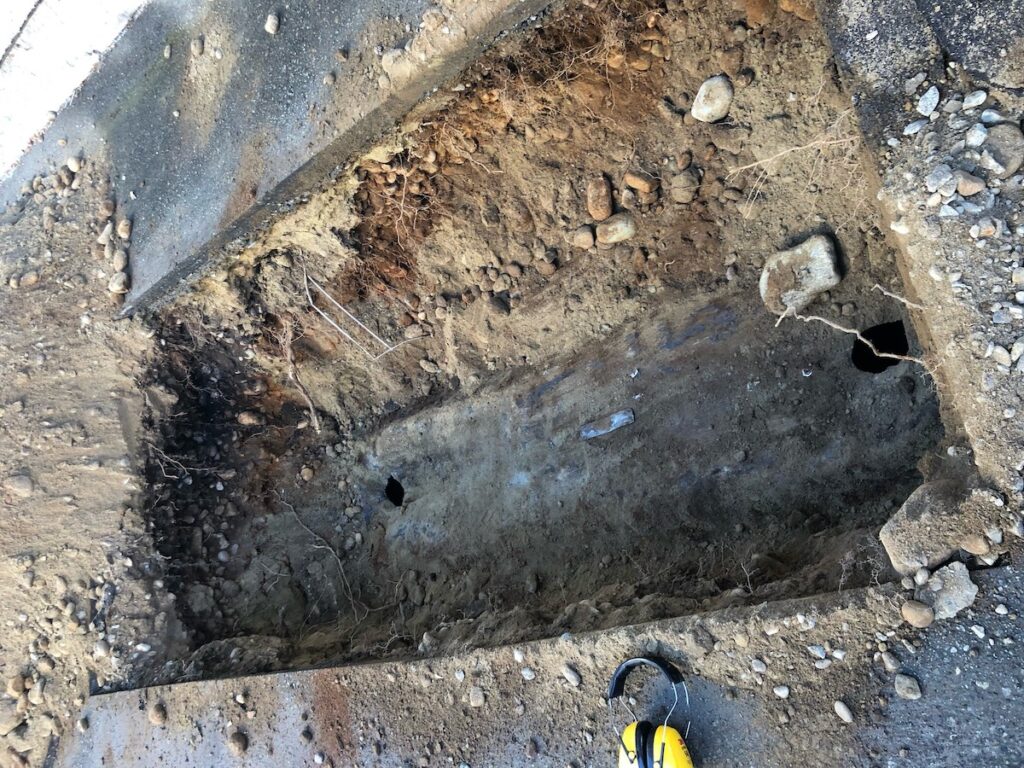
CERC Oil Tank Removal Vancouver
The city of Vancouver, BC, with its lush greenery and scenic landscapes, is home to numerous residential and commercial properties that, decades ago, depended heavily on oil for heating purposes. Many of these properties still have remnants of this bygone era in the form of buried oil tanks. While these tanks may seem harmless when out of sight, they carry significant environmental risks, especially as they age and corrode over time. Entrusting professionals such as CERC Oil Tank Removal in Vancouver, BC, for their safe and proper removal becomes not just a responsibility but a necessity. This article delves into the hidden dangers of buried oil tanks, the impact they have on our ecosystem, and the critical role that proper oil tank removal plays in safeguarding Vancouver’s natural beauty.
The Hidden Dangers of Buried Oil Tanks
Age and Corrosion
Buried oil tanks, primarily made of metal, are susceptible to corrosion as they age. The constant contact with soil, varying weather conditions, and potential for water seepage contribute to their deterioration. When these tanks corrode, they become prone to leaks, posing serious threats to the environment.
Soil Contamination
One of the immediate effects of a leaking oil tank is soil contamination. Oil is composed of a complex mixture of hydrocarbons and can significantly alter the chemical composition of the soil. This contamination not only hinders plant growth but can also make the land unsuitable for agricultural use, potentially impacting local food production.
Water Contamination
The risk extends beyond the soil. There’s a potential for contamination to reach groundwater, and in severe cases, nearby rivers and streams. This not only jeopardizes aquatic life but also poses significant health risks to humans, particularly if the contaminated water sources are used for drinking water.
ALSO READ: Best Dryer Vent Cleaning Service in Vancouver
The Ripple Effects on the Ecosystem
Impact on Plant Life
Soil contaminated with oil does not provide a conducive environment for plant growth. The imbalance in the soil’s chemical composition affects the plants’ ability to absorb water and nutrients, leading to stunted growth, wilting, and in severe cases, death of the plants.
Threat to Wildlife
The contamination does not stop at plant life; it extends to the wildlife that depends on these plants for food and habitat. Ingesting contaminated plants or water can lead to various health issues in animals, disrupt breeding patterns, and in extreme cases, result in fatalities.
Long-Term Environmental Damage
The long-term impact of oil contamination on the ecosystem can be severe and challenging to reverse. Soil and water remediation processes are complex, time-consuming, and expensive. Furthermore, the loss of biodiversity and disruption of ecological balance can take years, if not decades, to restore.
Protecting Vancouver’s Natural Beauty
The Role of Proactive Oil Tank Removal
The first step in preventing the adverse environmental impacts of buried oil tanks is their safe and proper removal. Companies like CERC Oil Tank Removal in Vancouver, BC, specialize in this process, ensuring that all the necessary precautions are taken to prevent leaks and contamination during the removal process.
Local Initiatives and Regulations
Vancouver has recognized the environmental risks posed by buried oil tanks and has put in place regulations and initiatives aimed at encouraging their removal. Homeowners are required to obtain necessary permits and follow strict guidelines during the removal process, ensuring that it is done safely and in an environmentally responsible manner.
Success Stories
There are numerous success stories in Vancouver where oil tank removal has led to the revitalization of properties, enhancing both their aesthetic and market value. These instances serve as testimonials to the positive impact that proactive environmental actions can have on our community.
The Removal Process and Environmental Safeguards
Step-by-Step Guide to Safe Oil Tank Removal
The oil tank removal process involves several crucial steps, starting from locating the buried tank, assessing its condition, safely draining any remaining oil, and then meticulously excavating and removing the tank. Throughout this process, environmental safeguards are paramount to prevent any potential leaks or spills.
The Role of Environmental Assessment
An integral part of the oil tank removal process is conducting thorough environmental assessments before and after the removal. This ensures that any potential contamination is identified and addressed promptly, safeguarding the health of the soil, water, and surrounding ecosystem.
Buried oil tanks, if left unattended, pose significant environmental risks, threatening Vancouver’s lush landscapes and vibrant ecosystems. The responsibility of mitigating these risks lies not just with the homeowners but with the community as a whole. By choosing professional and experienced services like CERC Oil Tank Removal in Vancouver, BC, for the safe removal of these potential hazards, we contribute to preserving the natural beauty and ecological health of our beloved city. The journey towards a cleaner, greener Vancouver starts with responsible actions today, ensuring a safer and more prosperous environment for the generations to come.
CERC Oil Tank Removal in Vancouver
Address: 210 Carisbrooke Crescent, North Vancouver, BC V7N 2S1, Canada,
Phone: +1 604-889-0251,
Website: https://cerctankremoval.ca/




More Stories
How to Cancel Your Yellow Pages Advertising Contract: A Step-by-Step Guide
Top 5 Most Reliable Commercial Truck Brands in Canada
Beginner’s Guide to Naturopathic Medicine in Vancouver